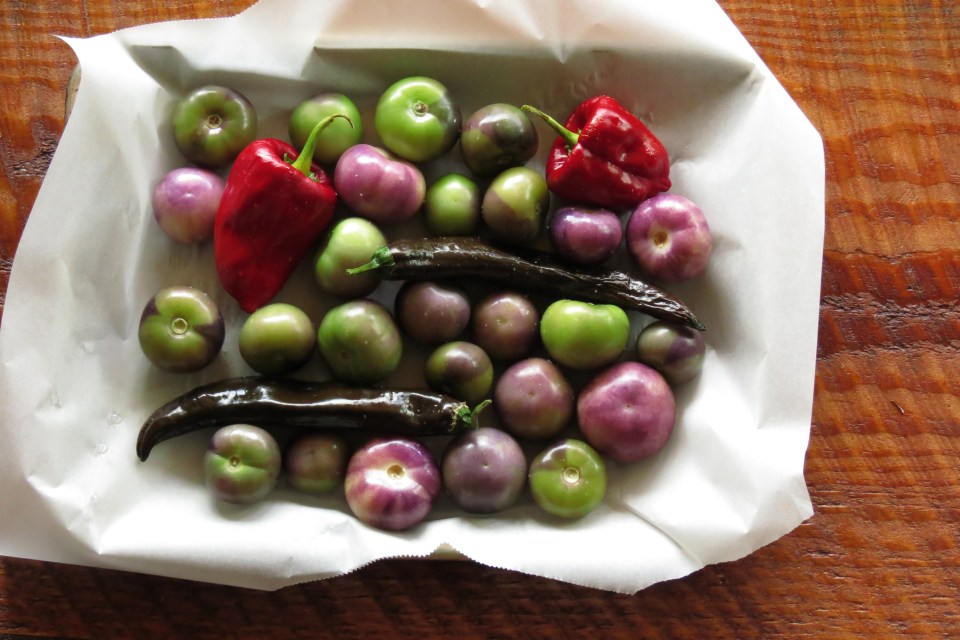Question: How can I lose weight?
Answer: Eat less, move more. As a nutritionist…I hate that this is true. But if you look at the research, when it comes to losing weight…it really does come down to reducing your intake (that is the primary element of weight loss) and increasing your exercise (which helps you sustain the weight you are losing). There are a number of tools you can use to help you get a sense of just what that caloric intake should look like:
- Nutrition apps such as myfitnesspal, loseit, and myfooddiary.
- Calorie calculators such as that found on the Mayo Clinic or the USDA
- You can get a more sophisticated reading of what your intake should be using a scale that measures your BMR and muscle mass, etc.
- You can get an even more sophisticated and customized reading by getting tested using an RMR machine.
Question: Okay…but how can I keep that weight off? I have lost weight on more than one occasion. But I always seem to gain it back…
Answer: Continue to eat less overall, increase the quality of what you do eat, and move A LOT more.
Question: How can I sustain that for the rest of my life?!?! I feel like no matter what I do, I seem to gain the weight back!
Answer: First of all…there is a reason that it’s hard to keep the weight off. Your body doesn’t like it. There are multiple layers at play that include your emotions, your intellect, your cultural heritage, your biology and physiology, the environment in which you live, and the people with whom you spend your time. It’s a bit like asking: How do I overcome a drug addiction? How do I parent? How should I have sex? What’s the best way to build a home?
It’s a trick question. There is no one way to do it. It requires a cocktail of:
- Curiosity
- A willingness to experiment
- An intrinsic motivating force
- A set of powerful skills in the habit building department.
…In other words – it’s complicated.
A good way to think about moving through the process of losing weight is to liken it to gaming.
When you play Monopoly, you don’t automatically put hotels on ever spot you land on. You can’t. You first have to get enough money to buy all the properties in a section. Then you can gradually build up from there.
The same is true with today’s more mainstream example: Pokomon-Go. You don’t just go directly to battling gyms. First, you have to catch some of the pokomon. Then you collect candy to power them up and evolve them. THEN you battle gyms with your newly empowered characters. It’s gamification at its best.
In this three-part series, what I’ll do is map out each of the three “levels” involved in successful weight loss.
Part 1 will be about looking at the quantity of calories you consume. As much as I hate to say it, weight loss is first and foremost about calories in and calories out. Yes, it’s true that you’ll be MUCH more successful if you eat whole foods and balance your blood sugar and eat healthy fats, etc. I am not arguing that point at all. But the thing is, there are a lot of reasons that revamping a person’s entire diet all at once isn’t realistic. So in part 1, I’ll explain:
- Why the number of calories you consume is the most important part of weight loss (it’s not the most important part of KEEPING that weight off. But it is the most important part of losing it in the first place).
- What some of the tools are to help you assess the minimum number of calories you should consume (and the maximum you should consume).
- Why adding in exercise alone will not likely help you with weight loss (it will be fabulous for your health, but it won’t be a useful tool in weight loss – only weight maintenance).
- How and why the hormones in your body may make it challenging for you to keep to a lower calorie nutrition plan – and how you can support yourself during that challenging transition.
Part 2 is about getting into the realm of the quality of ingredients. Once you get a sense for how much food you should be consuming, the next level of complexity is to continue to do that while ALSO looking at the quality of ingredients you consume, and how you can balance your meals to support your body so that keeping to a lower calorie nutrition plan doesn’t feel so challenging. (Interestingly, a lot of people end up doing this naturally when they start counting calories). So in this part you’ll learn:
- What makes up a “whole food”
- How to read labels to assess how close to a “whole food” the snack you have chosen really is.
- Why it is so important to balance your meals (and by extension, your blood sugar) if you want to have long term success with your weight loss.
Finally, in Part 3 we will talk about why there are thousands of different health and diet books out there (and why all of them make so much money). The discussion in part three will be about customization. The thing is…some people thrive on vegan diets. Others thrive on paleo approaches. Still others feel like they can’t rule out any one food, but they prefer moderating their consumption of all foods. So in part 3, we’ll talk about how to build a plan that incorporates:
- Your temperament
- Your lifestyle (job, schedule, family status, etc.)
- Your cultural heritage
- Your taste preferences
- Your energy needs
- The steps you will need to build a successful new habit
In the end, weight loss is a complicated affair. This three-leveled system is my way of breaking it down so that you can see how to successfully lose weight in a healthy way without feeling overwhelmed at every turn.

